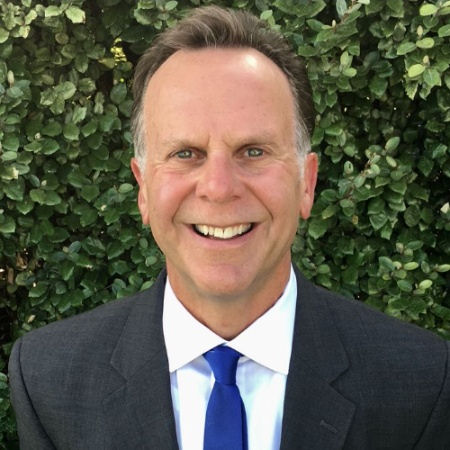John Lenns, the vice president of product management at Oracle’s Communications Business Unit, tells George Malim that, as 5G arrives, communications service providers (CSPs) are preparing to bridge the potential revenue gap between traditional services and the new opportunities and use cases enabled by 5G and associated technologies. It’s not just about connectivity anymore.
George Malim: Everyone talks excitedly about new 5G revenues but network availability remains years away in many markets yet, in the meantime, traditional CSP revenues are declining as users shift to apps such as WhatsApp. Do you foresee a revenue gap for CSPs to navigate between the obsolescence of traditional business models and the emergence of new revenues enabled by 5G?
John Lenns: It’s going to be a mixed bag. There are going to be CSPs that succeed at bridging the quote-unquote gap. Some will struggle to catch up to their competitors but the early adopters are embracing the transformation of their businesses even before 5G arrives. Having said that, some are hanging on to the past in terms of how they operate and are waiting to see how the early adopters do.
The key aspect that CSPs have to solve is profitability. Revenue from new use cases is one thing but you have to maintain profitability because, when you embrace new use cases outside of the traditional high value use cases such as having consumers use phones, you’re moving to new markets with all the challenges that entails. The challenge is how to embrace these while capturing revenue and profitability on the way to 5G.
Smart cities and smart homes are what organisations are chasing even before 5G is deployed. Some already have the advantage in terms of offering these on 4G radio already and some will shift from 4G to 5G. Early adopters will minimise the gaps but the followers will be right behind them.
GM: How do you envisage the speed and capacity of 5G transforming the CSP business? Is it all about new apps such as IoT and artificial intelligence (AI) or will there be new forms of traditional communications services that CSPs can monetise effectively?
JL: The 5G radio access network (RAN) going to enable new user experiences and use cases that were not previously feasible or practical. CSPs today are offering IoT services such as monitoring streetlights. One example is in the City of Chicago which has deployed several hundred thousand smart LED streetlights that communicate their status back to the city using 4G. When you get to 5G, new use cases open up for entertainment, communications and high bandwidth applications.
Even though the 5G RAN will be terrific for speed and latency there are challenges. Deployment is a bit more intensive which is why it’s destined for metropolitan areas to start with and there will be a race between CSPs to attract enterprises and users to their brands. CSPs however see the early potential which is why they’re spending money on the RAN before the core network. We’ve seen CSPs such as KT in South Korea invest in 5G at the time of the Winter Olympics on order to associate itself with having cool, new technology.
This is not only about the connectivity. CSPs will have to figure out ways to be more agile in order to deploy new use cases quickly and to have the capability to fast fail with trial offers. They’ll need to respond to competitors quickly and adjust services constantly.
GM: How do you see the move from users to connections – from people to machines and sensors – affecting how CSPs managed connectivity and ensure network uptime?
JL: The 5G network is no longer a one size fits all network and the new architecture is going enable a network slice explicitly for each use case. The slice required for a streetlight will be completely different to the slice for a CSP offering a high bandwidth entertainment user experience. The 5G architecture will enable a CSP to deploy a slice that is at a higher cost to them for the high bandwidth app but the streetlight slice will be low cost.
This will enable CSPs to manage profitability in the low bandwidth applications and for high bandwidth apps. They’ll deploy the slice they need for each use case and that’s brilliant. I think 3GPP has done an excellent job on this and they’ve thought this through upfront rather than as an afterthought.
You can look at IoT and say why has it taken so long but I think the answer is that it’s constrained by a one size fits all network and the use cases aren’t as profitable as they could be.
GM: Even though 5G has huge new capacity, this is not limitless and network demand is likely to still have peaks and troughs. What are the challenges facing signalling and policy because of this?
JL: It’s a new world and this is exciting because of our heritage in signalling and policy. We’re solving issues today and serving customers with our signalling solution. 3GPP recognises signalling is critical to the success of 5G and has called it out by having a separate control and user plane. There is no longer a requirement to tie the two together virtually. The cool thing about the 5G core architecture is the focus is on loosely coupled services as opposed to the highly coupled services of the past.
When we talk to customers about these functions and the need for signalling and policy, they get it. If you can do these gracefully and well the promise of 5G will be realized. The push is not to have proprietary deployments but to have these functions interact with one another to enable CSPs not to have to follow one provider but to engage with multiple vendors. This message is well understood and we see this coming back in the RFIs we receive.






